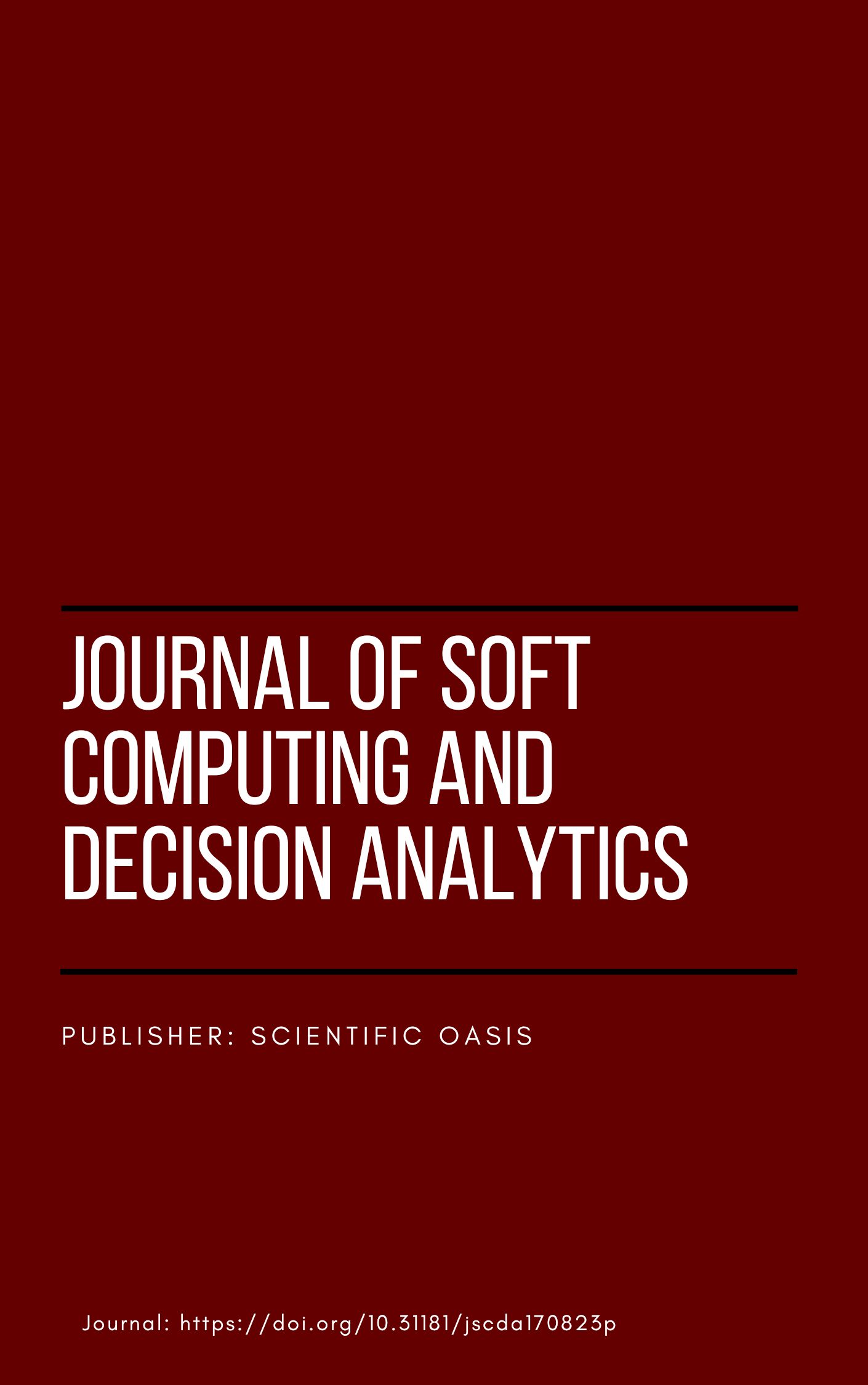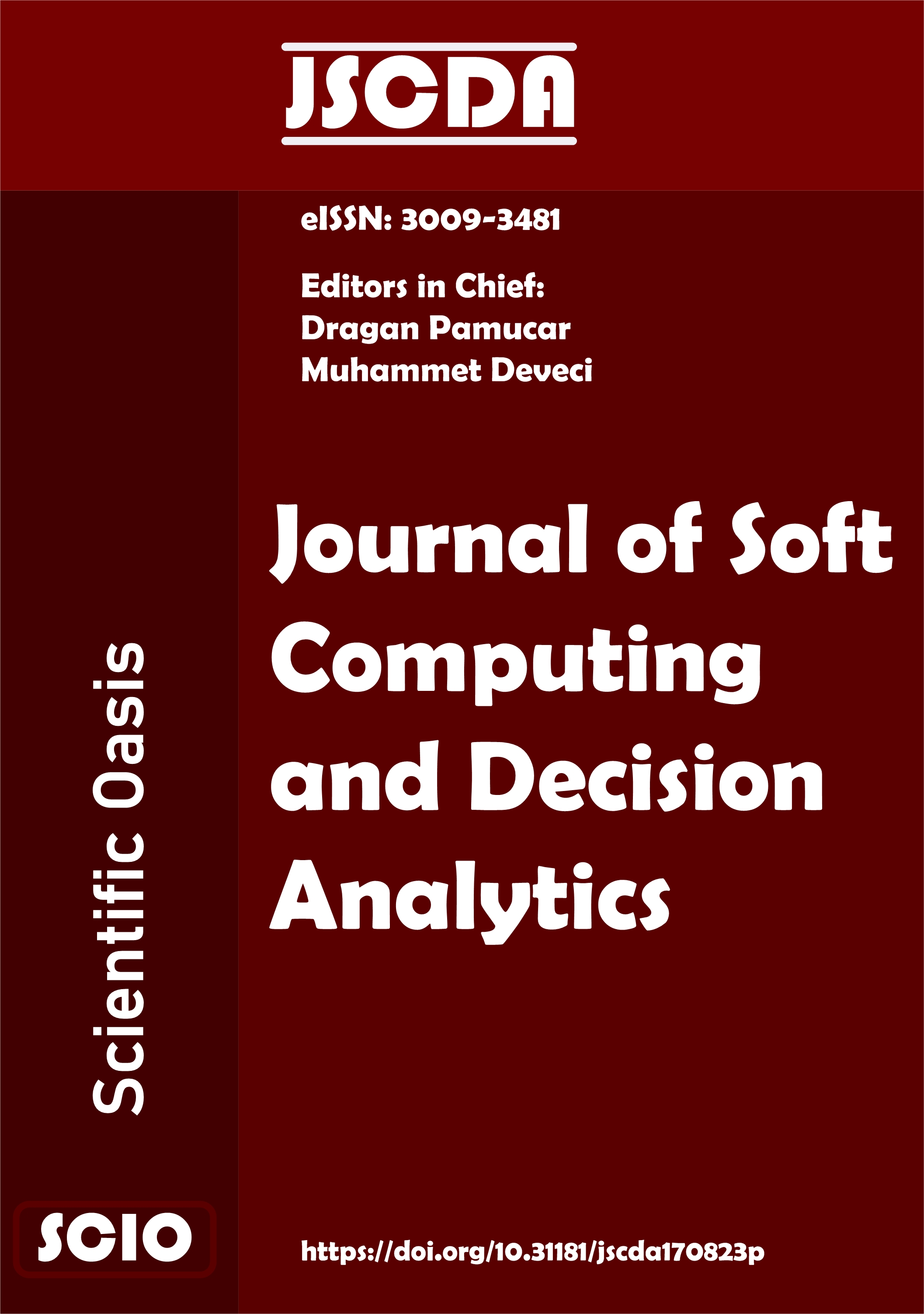Evaluating the Effectiveness of Want Want Group's Integrated Marketing Communications (IMC) Campaign during Chinese New Year 2022
DOI:
https://doi.org/10.31181/jscda11202319Keywords:
Consumer, Segment markets, Want want group, Promotional strategiesAbstract
It is vital for businesses to run Integrated Marketing Communications (IMC) campaigns in order to communicate with their target audience in an efficient manner. During the course of this research, a critical evaluation of the IMC campaign that Wants Want Group developed in conjunction with the 2022 Chinese New Year event will take place. The decision analytics of this research is to assess the goals and effectiveness of the campaign, as well as to provide an explanation of the consumer demographics that are being targeted by the campaign, therefore demonstrating understanding of the strategies used to segment markets. In addition, our research will make use of relevant theories to assist our analysis and will conduct an analysis of the benefits and drawbacks of the media channels used by the Want Want Group. The results show Want Want's IMC campaign for the 2022 Chinese New Year was effective in establishing an emotional connection with its audience and in increasing holiday sales. The campaign was successful in accomplishing its objectives of increasing brand recognition, customer loyalty, and customer base by using a range of promotional strategies.
References
Aguirre, E., Mahr, D., Grewal, D., de Ruyter, K., & Wetzels, M. (2015). Unraveling the Personalization Paradox: The Effect of Information Collection and Trust-Building Strategies on Online Advertisement Effectiveness. Journal of Retailing, 91(1), 34–49. https://doi.org/10.1016/j.jretai.2014.09.005
Camilleri, M. A. (2017). Integrated Marketing Communications. Tourism, Hospitality & Event Management, 1(1), 85–103. https://doi.org/10.1007/978-3-319-49849-2_5
Chambers, D. (2012). “Wii play as a family”: the rise in family-centred video gaming. Leisure Studies, 31(1), 69–82. https://doi.org/10.1080/02614367.2011.568065
Chan, K., Leung Ng, Y., & Luk, E. K. (2013). Impact of celebrity endorsement in advertising on brand image among Chinese adolescents. Young Consumers, 14(2), 167–179. https://doi.org/10.1108/17473611311325564
Hassan, S., Nadzim, S. Z. A., & Shiratuddin, N. (2015). Strategic Use of Social Media for Small Business Based on the AIDA Model. Procedia - Social and Behavioral Sciences, 172(172), 262–269. https://doi.org/10.1016/j.sbspro.2015.01.363
Išoraitė, M. (2015). Coupons as effective and innovative marketing tool. Entrepreneurship and Sustainability Issues, 3(1), 104–113. https://doi.org/10.9770/jesi.2015.3.1(9)
Katz, H. (2019). The Media Handbook. In Routledge eBooks. https://doi.org/10.4324/9780429434655
Key, T. M., & Czaplewski, A. J. (2017). Upstream social marketing strategy: An integrated marketing communications approach. Business Horizons, 60(3), 325–333. https://doi.org/10.1016/j.bushor.2017.01.006
King, A. (2010). Review: Advertising & Promotion: An Integrated Marketing Communications Approach. Media International Australia, 137(1), 165–166. https://doi.org/10.1177/1329878x1013700127
Kraut, R., Olson, J., Banaji, M., Bruckman, A., Cohen, J., & Couper, M. (2004). Psychological Research Online: Report of Board of Scientific Affairs’ Advisory Group on the Conduct of Research on the Internet. American Psychologist, 59(2), 105–117. https://doi.org/10.1037/0003-066x.59.2.105
Lin, J., Benisch, M., Sadeh, N., Niu, J., Hong, J., Lu, B., & Guo, S. (2012). A comparative study of location-sharing privacy preferences in the United States and China. Personal and Ubiquitous Computing, 17(4), 697–711. https://doi.org/10.1007/s00779-012-0610-6
Liu, X., Wang, C., Shishime, T., & Fujitsuka, T. (2010). Sustainable consumption: Green purchasing behaviours of urban residents in China. Sustainable Development, 20(4), 293–308. https://doi.org/10.1002/sd.484
Martínez-López, F. J., Anaya-Sánchez, R., Fernández Giordano, M., & Lopez-Lopez, D. (2020). Behind influencer marketing: key marketing decisions and their effects on followers’ responses. Journal of Marketing Management, 36(7-8), 579–607. https://doi.org/10.1080/0267257X.2020.1738525
Moschini, E. (2006). Designing for the smart player: usability design and user-centred design in game-based learning. Digital Creativity, 17(3), 140–147. https://doi.org/10.1080/14626260600882380
Pradhan, D., Duraipandian, I., & Sethi, D. (2014). Celebrity endorsement: How celebrity–brand–user personality congruence affects brand attitude and purchase intention. Journal of Marketing Communications, 22(5), 456–473. https://doi.org/10.1080/13527266.2014.914561
Rowley, J. (1998). Promotion and marketing communications in the information marketplace. Library Review, 47(8), 383–387. https://doi.org/10.1108/00242539810239543
Stafford, T. F., & Stafford, M. R. (2002). The Advantages of Atypical Advertisements for Stereotyped Product Categories. Journal of Current Issues & Research in Advertising, 24(1), 25–37. https://doi.org/10.1080/10641734.2002.10505125
Want Want Limited Company. (2023). Want-Want.com. https://www.want-want.com/
Yang, Y. C. (2017). Consumer Behavior towards Green Products. Journal of Economics, Business and Management, 5(4), 160–167. https://doi.org/10.18178/joebm.2017.5.4.505
Yeshin, T. (2012). Integrated Marketing Communications. Routledge. https://doi.org/10.4324/9780080495439
Downloads
Published
Issue
Section
License
Copyright (c) 2023 Scientific Oasis

This work is licensed under a Creative Commons Attribution-NonCommercial-NoDerivatives 4.0 International License.
















